What Makes an Artist Statement Effective
Every artist, whether emerging or established, reaches a point where they must articulate their creative identity—and that’s where knowing how to write an effective artist statement becomes essential.
Your artist statement acts as a bridge between your artwork and your audience, offering insight into your intentions, influences, and process in a way that invites understanding without diluting the mystery of your work.
A successful artist statement is more than just a paragraph about your medium. It reveals why you create, how you create, and what drives your vision—all while feeling personal and sincere. It should be clear enough for a general audience to grasp but deep enough to speak to curators, collectors, and critics.
Effective artist statements are:
- Clear and accessible
- Rooted in the artist’s personal voice
- Focused on process, materials, and themes
- Written in the present tense
- Free of jargon or excessive conceptual language
Why Authenticity Is Critical
Authenticity gives your statement its emotional weight. When your words reflect your genuine motivations and curiosities, readers are more likely to connect with your work on a human level. The goal isn’t to impress—it’s to express.
Many artists make the mistake of mimicking academic or formal writing styles. While professionalism is important, a warm, honest tone resonates much more than abstract theory. Imagine explaining your work to someone who’s genuinely curious but unfamiliar with art terminology—and write from that place.
Structuring Your Artist Statement
The ideal structure for a one-paragraph to one-page statement usually follows this general flow:
Introduction to Your Practice
Start by summarizing what you create—medium, subject matter, and recurring themes. This lets the reader quickly understand your genre or visual language.
Example: “I create mixed-media portraits that explore memory, cultural lineage, and identity through layered textures and found materials.”
Explanation of Your Process
Detail how you work and why you choose specific materials, formats, or techniques.
Example: “Using old family photographs, scraps of fabric, and graphite drawing, I build collaged surfaces that evoke both nostalgia and fragmentation.”
Thematic and Emotional Depth
Explore what drives your work at a deeper level—personal history, psychological undertones, environmental themes, or narrative. This helps communicate the meaning behind the making.
Context or Goals
Finish with where your work fits in the world—do you hope to encourage reflection, raise questions, preserve tradition, challenge viewers? This is a good place to reference artistic voice, creative intention, or viewer engagement.
Tips for Keeping It Authentic
- Write like you speak – If it doesn’t sound like you when read aloud, rewrite it.
- Avoid trendy buzzwords – Skip “juxtaposition of dichotomies” unless that’s genuinely your voice.
- Let your work lead – Your statement should support, not overshadow, your visual work.
- Stay focused – A concise, well-written statement (150–250 words) is better than a verbose, unclear one.
- Keep it current – Update your statement as your practice evolves over time.
Artist Statement Examples (Short-Form)
“My work focuses on urban solitude and architectural repetition. Through minimalist line drawings and subdued color palettes, I examine how space can echo human emotion. Inspired by post-war design and city life, my compositions capture the silence within crowded environments. I aim to invite the viewer into a visual pause—a quiet interaction between shape and stillness.”
Sample Artist Statements by Style
Use these examples to explore different tones and approaches to writing your own artist statement. Each one reflects a unique creative identity and voice.
Grungy
I work with rust, ash, and torn paper. My pieces are built from decay—urban textures, forgotten signage, and the residue of noise. I’m drawn to what’s been discarded, what’s been worn down. Through mixed media and aggressive layering, I explore the tension between permanence and erosion. My process is messy, intuitive, and unapologetically raw.
Nature-Lover
My work is rooted in the rhythms of the natural world. I paint with earth pigments and sketch from life—trees, birds, and shifting light. Each piece is a meditation on connection, seasonality, and quiet observation. I aim to create art that invites stillness and reminds viewers of their place within the living landscape.
Pollock-like
I throw, drip, and drag. My canvases are arenas for movement—gestural, chaotic, and alive. I don’t plan compositions; I respond to impulse, rhythm, and resistance. The work is physical, often large-scale, and layered with energy. I’m interested in the moment before control, where emotion becomes mark-making.
Portraits-Person
I paint people—real, imagined, remembered. My portraits are intimate studies of expression, identity, and vulnerability. I work primarily in oil and graphite, focusing on subtle shifts in gaze and gesture. Each face tells a story, and I aim to capture the quiet truths that live beneath the surface.
DarkSeed
My art explores the shadow. I use ink, charcoal, and digital distortion to evoke themes of isolation, memory, and psychological depth. Figures emerge from fog, symbols repeat, and silence speaks. I’m drawn to the uncomfortable, the unresolved, and the spaces between clarity and chaos. My work is not meant to soothe—it’s meant to stir.
Happy-Landscaper
I paint joy. Rolling hills, sunlit gardens, and playful skies fill my canvases with warmth and color. I work in acrylic and pastel, often outdoors, capturing the light as it dances across familiar places. My goal is to celebrate beauty, evoke gratitude, and offer viewers a moment of peace and delight.
Whimsical Illustrator
I draw worlds that don’t exist—yet feel familiar. My illustrations blend fantasy, folklore, and humor, often featuring curious creatures and impossible architecture. I work in ink and watercolor, layering detail with spontaneity. My goal is to invite wonder and spark stories in the viewer’s imagination.
Digital Collagist
I remix reality. Using scanned textures, vintage ephemera, and digital manipulation, I build layered compositions that explore memory, media, and identity. My work is nonlinear and often surreal, inviting viewers to decode fragments and find their own connections. I see collage as both excavation and invention.
Ceramic Minimalist
I shape quiet forms. My ceramic pieces are simple, tactile, and rooted in repetition. I’m drawn to the meditative rhythm of hand-building and the subtle variations that emerge in glaze and texture. Each vessel is a study in restraint, balance, and presence.
Textile Storyteller
I stitch stories. My work combines embroidery, quilting, and found fabric to explore themes of heritage, resilience, and domestic ritual. Each piece carries echoes of the past—scraps from family garments, patterns from memory. I use thread as a line, a voice, and a way to hold time together.
Experimental Sound Artist
I work with vibration, space, and silence. My compositions use field recordings, analog synths, and ambient textures to explore sonic environments. I’m interested in how sound shapes emotion and memory, and how listening can become a form of presence. My installations invite stillness, drift, and deep attention.
Playful Sculptor
I build with joy. My sculptures use recycled materials, bright colors, and unexpected forms to evoke playfulness and curiosity. I’m inspired by childhood objects, modular design, and kinetic movement. Each piece invites interaction and reimagines the boundaries between art and toy.
Avoiding Common Mistakes
Many artists trip up by being either too vague or too technical. Here’s what to avoid:
- Overexplaining – You don’t need to defend or validate your work.
- Third-person voice – Always use the first person unless required otherwise.
- Too much biography – It’s not a resume; focus on your art.
- Skipping the “why” – Explaining what you do isn’t enough without sharing why you do it.
Optimizing Your Statement for Online Visibility
If your artist statement will live on your website or portfolio, SEO optimization can help more people find it. Use keywords like:
- artist statement examples
- creative practice explanation
- visual storytelling in art
- how to write an effective artist statement
- art portfolio description
Make sure your image captions and alt text also reflect related themes to improve on-page relevance.
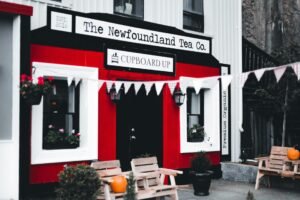
Sketchbooks.org | ON LOCATION
Tea House Sketchbook Rituals | for an Artistically Productive Experience
Let's Meet for TEA There’s a reason why artists have always sought out quiet places—sanctuaries where the mind unfurls and creativity flows freely. The tea house sketchbook ritual is one such sacred practice, blending the...
Frequently Asked Questions
What is the ideal length for an artist statement?
Most are between 150–250 words, though galleries may request longer versions.
Should I write in the first person or third person?
Always use the first person for authenticity, unless the gallery specifically requests otherwise.
Can I use quotes or references in my statement?
Only if they’re directly relevant and meaningful—your own voice should stay central.
How often should I update my artist statement?
Revisit it every 6–12 months or whenever your style or focus shifts meaningfully.
Do I need a separate statement for each series or project?
Yes, a project-based statement can clarify context and help your audience understand new directions.
Should I include personal biography information?
Only if it directly influences your work—otherwise, keep bios and statements separate.
Can I use bullet points or lists?
Avoid them unless specifically formatting for a grant or application that requests it.
What if I’m just starting out and don’t know my themes yet?
Start with describing what excites you about creating art—your voice will develop as you do.
Final Thoughts
Learning how to write an effective artist statement that feels authentic is one of the most empowering tools in your creative toolkit. It bridges the gap between what you make and how it’s understood. Done right, your statement not only supports your artwork but also gives your audience a window into the mind behind the mark-making.
Treat your artist statement as a living document—revisable, responsive, and real. Because the most powerful art speaks for itself, but it never hurts to offer a little insight into the artist behind it.
Ready to Share Your Work?
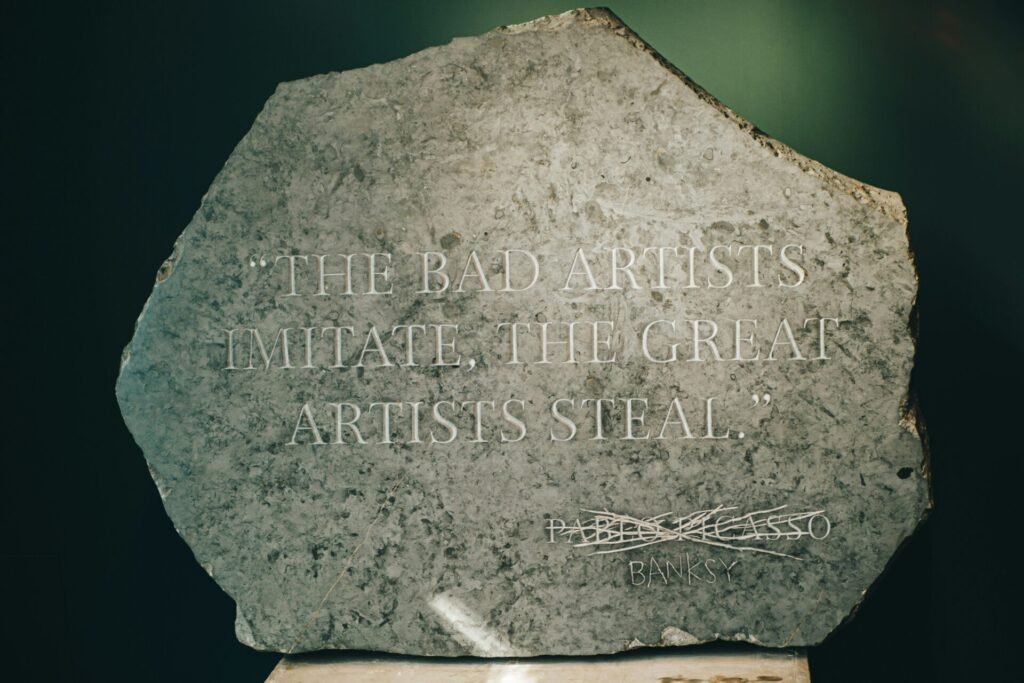
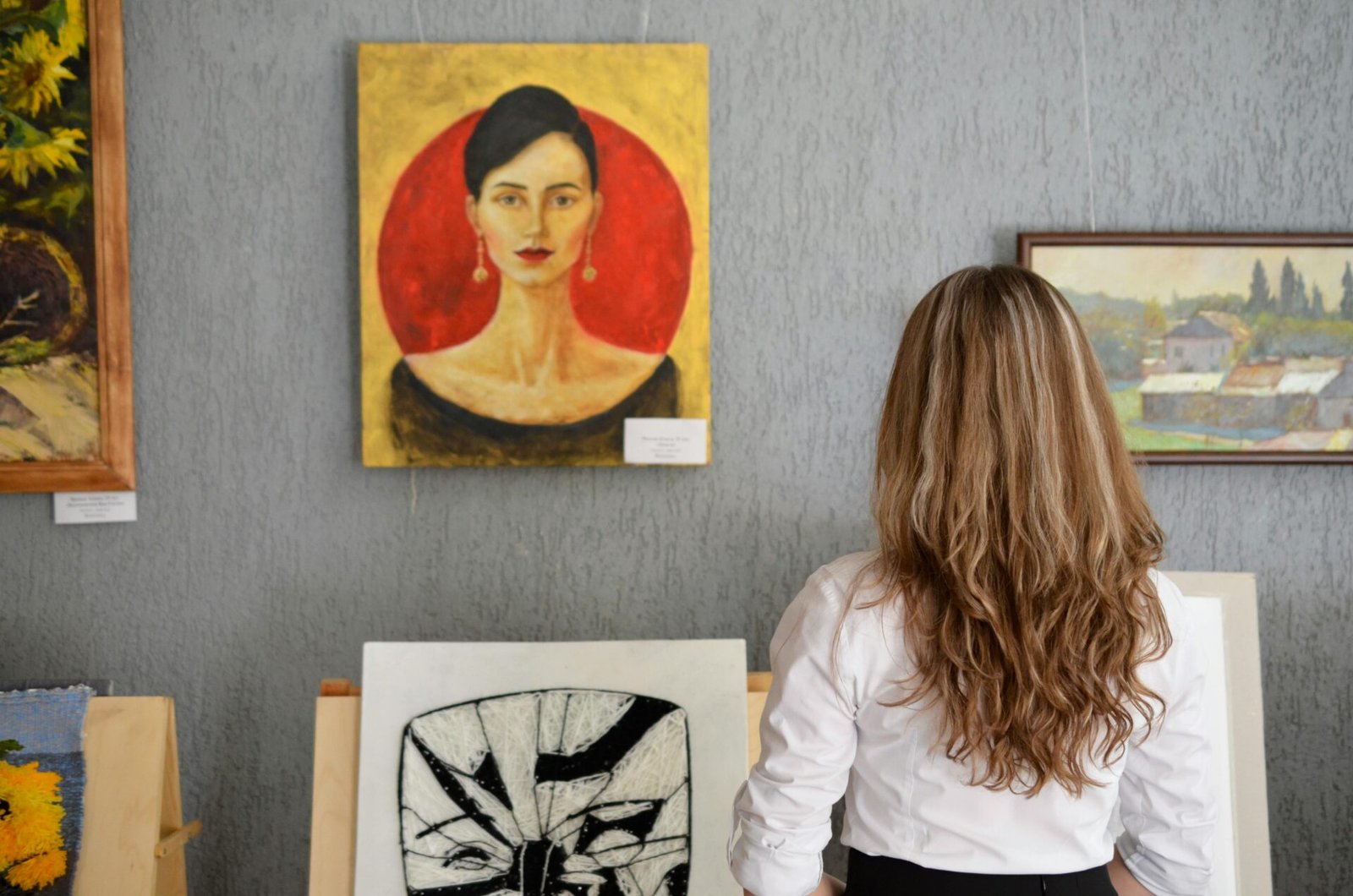

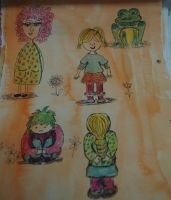
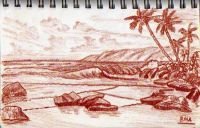

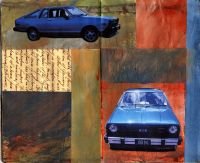
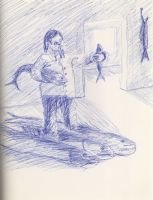
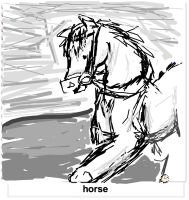
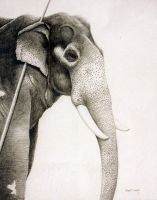

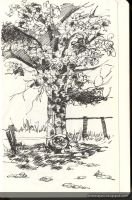

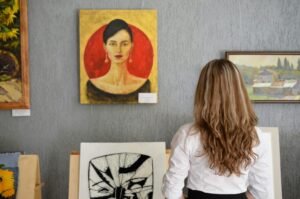

As a beginner, this made me think more about my statement.
permission to write like myself, not a museum wall label Granted
“Start with why you create” helps me cut through the fog.